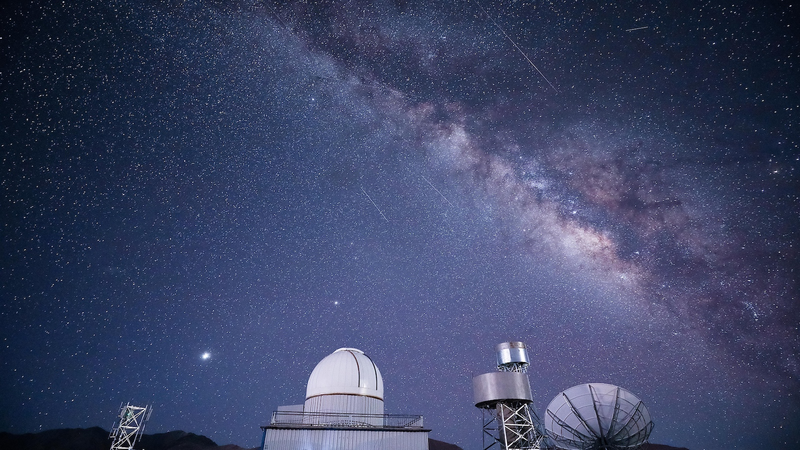High on a remote ridge at 5,250 meters above sea level in southwest China's Xizang Autonomous Region, a new telescope has blinked open to the cosmos. Designed to measure faint patterns left over from the Big Bang, this installation marks a milestone in global astronomy and high-altitude research.
Operating at frequencies around 150 gigahertz, the telescope targets the cosmic microwave background (CMB) – the oldest light in the universe, dating back 13.8 billion years. By capturing polarization signals called B-modes, scientists aim to spot primordial gravitational waves that could confirm theories of cosmic inflation.
The extreme altitude and arid atmosphere of the ridge keep water vapor to less than 0.5 millimeters, cutting atmospheric noise by over 60 percent compared to sea-level sites. Minus 25C temperatures are tamed by advanced cooling systems, ensuring detectors achieve the sensitivity needed to tease out nano-Kelvin fluctuations in the CMB.
Beyond pure discovery, this project fosters collaboration across G20 nations, uniting researchers in data sharing and open science. For young global citizens and tech enthusiasts, the initiative illustrates how cutting-edge engineering and big data analytics converge to solve cosmic puzzles.
Looking ahead, upgrade plans include higher-resolution antennas and AI-powered data pipelines to accelerate analysis. University teams and citizen scientists will gain access to raw datasets later this year, fueling new insights and hands-on engagement with the universe's infant light.
As the telescope scans the sky, each signal brings us closer to understanding the universe’s first heartbeat. Stay curious: the next breakthrough could come from any corner of the globe – maybe even from you.
Reference(s):
Telescope on world's roof starts hunt for Big Bang's oldest ripples
cgtn.com




